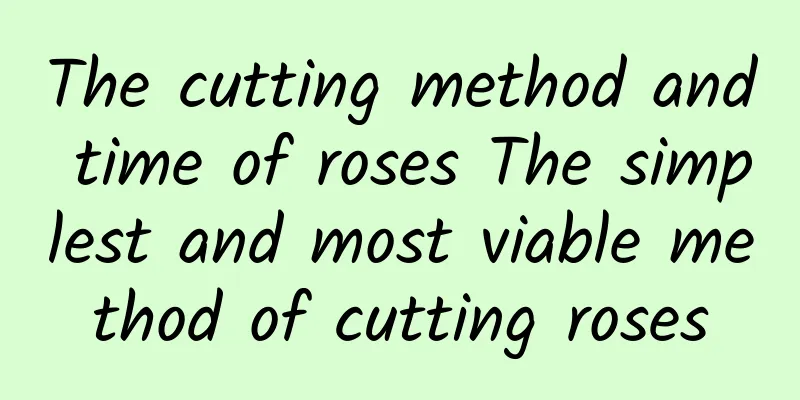How to make a young plum tree bonsai look old

Wormholes:During the season when ants are most active, use a knife to scrape off the phloem of the plum tree at a specific location, drill a hole in the wood, and apply malt syrup inside to lure ants to gather in the syrup and eat the wood. Repeat this several times, and add shaping and pruning, and the young plum tree can be transformed into an ancient plum tree that has experienced many vicissitudes of life. But be careful not to let ants build nests at the root neck. If you find them, immediately spray dichlorodiphenyltrichloroethane to kill them. Cut dry:Use a carving knife to cut the bark on the ornamental side (front) of the trunk, peel off the bark, and then use a small chisel to destroy about one-third of the wood. Over time, it becomes scarred and looks old. Carving scar:First, use a carving knife to peel the bark on the ornamental surface of the trunk, then use a chisel to break the wood and embed stones. There should not be too many carving scars, and you need to be flexible according to the different sizes and shapes of plum trees. Embed: Choose a dead plum tree with good posture, trim off the long branches, chisel a longitudinal groove on the back, then embed the seedling in it, fill the outside with mud and moss, spray it with water, and tie it tightly with ropes. Over time, the trunk of the seedling will grow thicker and fill the groove. Remove the ropes. This method does not reveal any artificial traces and can achieve a lifelike effect, making it look like a dead tree coming back to life in spring. Tearing branches:For the extra branches on both sides of the ornamental side of the trunk, do not use scissors to cut them off. Instead, tear the branches off from the base by hand, so that the wood can heal and form a natural and beautiful tree scar. In short, excess branches can be dealt with by tearing them off, but it should be done in stages and batches without affecting the growth of the trees. Prying leather: During the peak growth season of trees, insert a knife into the bark and pry gently to separate the bark from the wood. After two months, the wound will heal, forming callus tissue and bulging like a tumor. Hammer:To make the bark look old, the trunk thicker, or to make the young plum tree with smooth bark appear old and bumpy, you can use the method of hammering to stimulate damage to achieve this goal. Generally, during the growth period of the tree, use a hammer (or pliers, stone) or other hard objects to hit the lower part of the trunk to cause local damage, accelerate cell division, form callus tissue locally and thicken it, forming local bulges that appear bumpy. |
<<: Summer maintenance of plum bonsai
Recommend
The cultivation methods and precautions of water hyacinth
1. Maintenance methods 1. Temperature: It likes t...
How to breed winter beauty and what to pay attention to
Winter Beauty Reproduction Method Winter Beauty c...
How to prune the roots of goldfish spider plant
Does the goldfish plant need root pruning? The go...
How long should wolfberry be soaked and how should it be eaten for best results?
1. How long to soak You don’t need to soak wolfbe...
How to propagate the monkey orchid
1. Method of division 1. Generally, it is chosen ...
How to cultivate cilantro
1. Maintenance methods 1. Temperature: Coriander ...
Bougainvillea grafting method
Bougainvillea grafting is suitable for Bougainvil...
What to do if the roots of white flower rot
What to do if the roots of white flower rot: Cut ...
What plants are suitable for the bedroom
1. Pothos It not only plays a role in greening th...
Cultivation methods and precautions of daffodils
Farming methods Temperature and light Daffodils a...
How to grow snapdragon in autumn
1. Supplement of light This type of plant is not ...
Planting methods and precautions for lily of the valley
To plant lily of the valley, you need to use the ...
How many pounds of garlic sprouts are produced per mu?
Garlic sprout yield per mu The yield of garlic sh...
Winter vegetable planting time and method
Winter vegetable planting time Winter vegetables ...
Transplanting and maintenance methods of June snow
Transplantation season of June snow June snow has...









